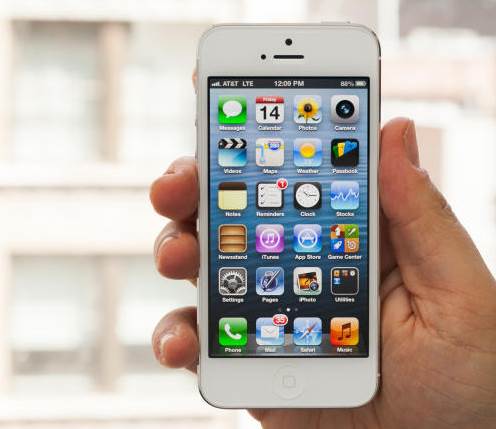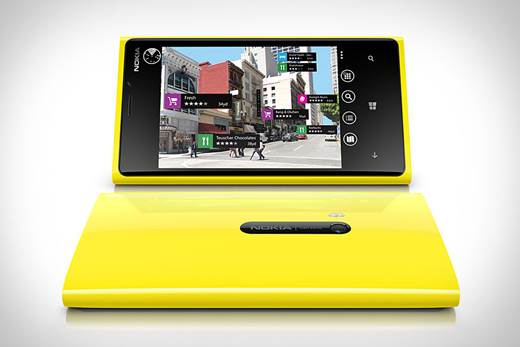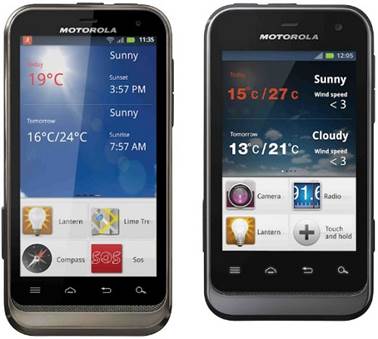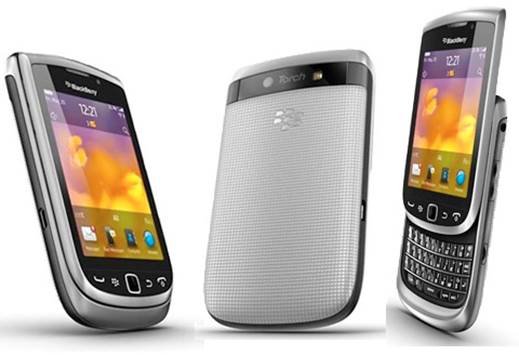What to look for:
So you’re a speed demon. Nothing less than
the snappiest, most responsive device will suit your needs and cost is no
object. Whether it’s because you watch a lot of video, play a lot of mobile
game, or you just get annoyed when your phone stalls for two seconds, you’ve
got to have that processing power.
But it isn’t just about processing power –
you have to take into account the operating system, RAM, and graphics
capabilities, too. In the past, Android has been a bit unresponsive despite the
fact that the hardware was often higher-spec than an iPhone or Windows Phone
device. More recent versions of Android, however, have prioritized the OS’s
speed over other functions which makes for a snappier experience.
These days, the fastest devices have at
least a dual-core processor – quad-core phones are available too – 1GB RAM, and
a separate GPU. Again, it’s not all about spec – a dual-core iOS or Windows
Phone device will generally run as smoothly as a quad-core Android device. Keep
in mind as well that quad-core devices, while super-fast and great at
multitasking, often don’t have the best battery life.bv
When looking for a zippy phone, it’s good if
you can compare them side by side in store. To test how usable the device is
going to be on a day to day basis, quickly flip between screens, switch between
apps, or see how long it takes to close an app and return to the home screen.
PC World recommends:
The Samsung Galaxy S III has the spec, the
speed in loads of other ways, too. It runs Android 4.0 – Ice Cream Sandwich out
of the box, and will be upgradable to 4.1 (Jelly Bean). Both are much faster
than previous versions of Android. Despite its quad-core processor, the battery
life isn’t bad, either.
Don’t like Android? The iPhone 5’s
processor is a beast, too.

Don’t
like Android? The iPhone 5’s processor is a beast, too.
Snapper
What to look for:
Cameras seem to have become increasingly
important when looking at smartphone. Apple and Nokia have both worked hard
over the past few months to prove that their devices’ cameras are the best of
the best. Why? Because the camera is one of the most used functions of smartphones,
both because and in spite of the fact that smartphones can do about 100,000
incredible things.
When looking for great snaps, you’re
looking for all the things you’ve always looked for in a point and shoot
digital camera: sharpness, contrasts, color accuracy, and performance in
different lighting situations.
Color accuracy is a tough one lots of
smartphones have color correcting software that often makes the colors brighter
and more vibrant. For most people that will be a bonus, because most people don’t
use their smartphones for professional photography. On the off chance that you
do like to take artsy photos with your phone, however, you should have a quick
check online and make sure you know what you’re really using when you take a
picture.
Sharpness can also be ‘improved’ by
software like this, so watch out for that too.
Finally, you want to look for weird effects
that can ruin an otherwise good camera. The iPhone 5, for example, creates a
purple flare if a bright light source (such as the sun or a light bulb) is
anywhere in the frame. As per usual, Apple blames consumers for taking photos
wrong. You don’t need a light source, silly!
Some smartphone cameras these days have an
LED flash to brighten up pictures in low-light situations, if you’re buying in
the mid-range and upwards, flash will likely be a feature. If you’re buying at
the low-end, however, your camera may not have one – double check before buying
if phone photography is important to you.
Finally, some high-end phones have a
dedicated camera button on the side of the device Windows Phones, in
particular, commonly have this feature. Usually, the camera button is handy not
just as a shutter button, but to open straight to the camera app when the phone
is locked, or in some cases even switched off.
PC World recommends:
Technically speaking, the Nokia 808
PureView has the best camera on the market. It’s 42 megapixels – way beyond
what a professional photographer would typically use on a DSLR. Practically
speaking, the Nokia Lumia 920 is probably the best phone for most people who
want to take great pictures. That said, it does run some software that tweaks
your photos to make them look sharper and more colorful, so be aware of that.

The
Nokia Lumia 920 is probably the best phone for most people who want to take
great pictures
Adventurer
What to look for:
Don’t we all want phones that can withstand
knocks, bumps, scrapes and the odd drop onto concrete? I know I do: I have two
cracked phone screen to prove it. Perhaps that’s why I always get the rugged
review phones that land in the labs. Truly rugged phones go beyond basic build
quality and into military specification testing essentially, they meet
stringent criteria that defines exactly how much punishment they can take, to
the millimeter. Rugged smartphones normally meet IP67 at minimum – IP stands
for ingress protection, 6 means that it’s completely dust proof and 7 defines
that it’s waterproof, tested to 30 minutes immersion at one meter depth.
Take care though – these phones sometimes
have slots that you’ll need to keep closed to ensure maximum protection. We’ve
previously tested some of the claims, and dunked phones in buckets for long
stretches to see how they’d cope and they fare well. However, wet screens and
grubby screens don’t react well to touch – you may need special gloves. In New
Zealand, we have a lot of outdoorsy types, from miners and construction workers
through to sailors (whether commercial or hobbyist) and trampers who would find
both those things useful.
PC World recommends:
Resilient options are the Samsung Xcover
and the Motorola Defy range (XT and mini). Of the set, the Motorola Defy XT is
pretty smart and its high quality screen resolution means it will be visible
and clear even when splashed with water or coated in grime.

The
Motorola Defy XT is pretty smart and its high quality screen resolution
Old school texter
What to look for:
For those wanting a physical, rather than a
soft, keyboard, it’s often about two things: either you do a lot of typing, or
you prefer to rely on the muscle memory involved in typing, rather than looking
at your screen constantly. Sadly, the QWERTY phone is going the way of the
dodo.
This time last year, there were more phones
available with physical QWERTY keyboards, such as the HTC Cha Cha and LG’s
Optimus Windows Phone. These days you’re limited to a BlackBerry if you want to
buy from the three big carriers. BlackBerry keyboards range from the good, in
the case of the Curve series, to truly excellent, for the top of the line Bold
series. Right now in New Zealand, there’s just the Bold available, though. But
your options aren’t quite so limited if you branch out a little. The best
current keyboard phone out there is the Motorola Droid 4 (also called the
Milestone 4), which has a lengthwise slide-out keyboard, rather than a
half-screenwidth version, according to our US counterparts. Unfortunately, you
can’t get it in New Zealand, but there’s an alternative via parallel importers
Mobicity (mobicity.co.nz). When we checked Mobicity, we found a selection of
keyboard-enabled phones, such as older BlackBerry Bold and Curve models, the
HTC ChaCha, the Samsung Galaxy Chat, LG Optimus Pro, ZTE Tureis. If your heart
is set on a lengthwise keyboard, there’s also the Samsung Captivate Glide, Sony
Xperia Pro models and Motorola Droid/Milestone range. It’s also worth noting
that The Warehouse carries a selection of phones no longer stocked by the
carriers. With that in mind…
PC World recommends:
The BlackBerry Torch 2 (9810) has the
benefits of a full screen and a slide out QWERTY keyboard though it’s not
full-length, it does have the benefits of BlackBerry’s beveled edges and
comfortable typing. It also has a recent BlackBerry OS and we rated it pretty
highly in the past.

The
BlackBerry Torch 2